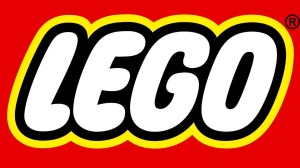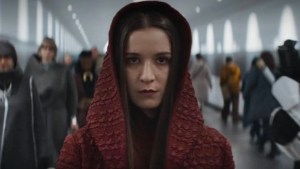With eight films over the course of 29 years, the Mission: Impossible film franchise has had a longer life than one might have anticipated back when Brian De Palma’s original adaptation of the ’60s TV series hit theaters back in 1996. But all good things end in due time, and it seems the time is up for Tom Cruise’s Ethan Hunt. That is, until the inevitable Mission: Impossible reboot comes around, likely without Cruise. Daredevil that he undoubtedly is, Cruise is still 62, and the man can’t jump between buildings or hang off the Burj Khalifa forever. So, now that Mission: Impossible – The Final Reckoning has hit theaters, how does it stack up against the seven adventures that preceded it.
Videos by ComicBook.com
8) Mission: Impossible 2

There’s only one weak Mission: Impossible movie, and it’s considerably worse than every other installment of the franchise. That would be John Woo’s Mission: Impossible 2, which operates as 80% John Woo movie and 20% Mission: Impossible movie. It was a sizable hit at the time, but since then it has rightly taken its place as the saga’s boring, over-stylized black sheep.
The odd thing is that, while stylized, Woo’s movies are almost never dull. This was the man behind the Hong Kong classics A Better Tomorrow, The Killer, Bullet in the Head, and Hard Boiled, after all. He then reached a similar level of success with his first three American films: Hard Target, Broken Arrow, and especially Face/Off. He just wasn’t a good match for Ethan Hunt, and M:I 2, ended up being the beginning of his considerable decline in Hollywood, as it was followed by the box office bombs Windtalkers and Paycheck.
7) Mission: Impossible III

Mission: Impossible III wasn’t the fresh course correction the franchise needed, but it was without a doubt a gargantuan improvement over Mission: Impossible 2. It’s just that it feels more like a placeholder when viewed in retrospect. Furthermore, it’s greatest asset is also its greatest flaw. That asset would be Philip Seymour Hoffman, and the flaw is how he was utilized, which wasn’t much at all.
As arms dealer Owen Davian, the late Hoffman was genuinely formidable and terrifying, but he needed more screentime. He’s still the franchise’s best villain because, well, he was played by Philip Seymour Hoffman, but without a doubt his few sequences don’t make him as much of a presence as he should have been. The film’s true big bad is Billy Crudup’s John Musgrave and, while Crudup is a fantastic actor, the twist for his character is seen a mile away. The film’s second-greatest asset is its nail-biter of a gut-wrenching opening sequence, which sees Hunt go on a mission to rescue Keri Russell’s Lindsey Farris. Things don’t end well for Farris, and it does a great job of setting the stage for a movie with more tension than the first two films combined.
6) Mission: Impossible – The Final Reckoning
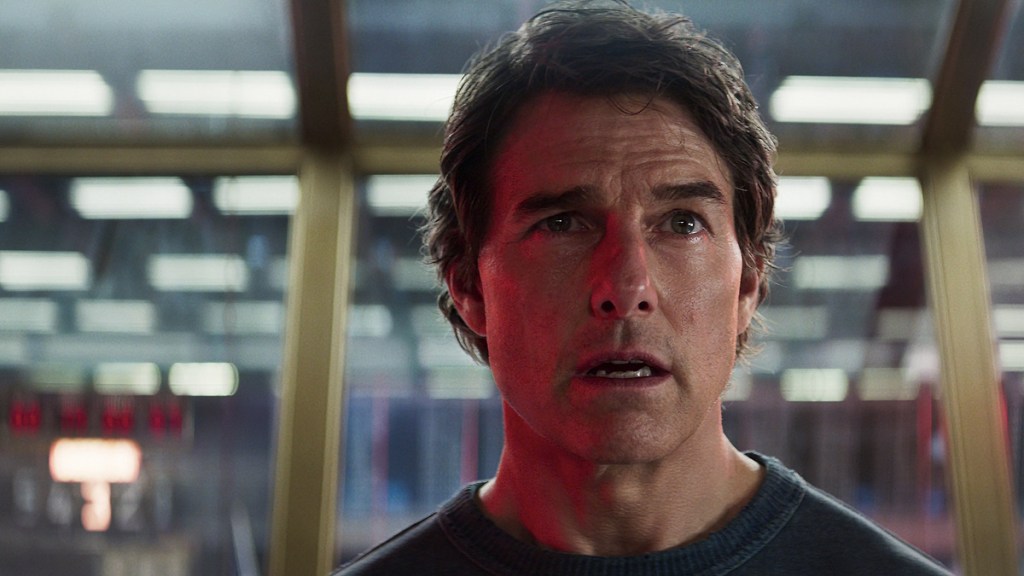
Mission: Impossible – The Final Reckoning is a movie that does everything it can to wrap up the franchise’s over-arching narrative. If there’s a movie in the franchise that references other installments pretty consistently, it’s this one. And that’s fair, because it is the concluding chapter of an eight-film arc. But the price to be paid for that is that it plays like a greatest hits CD as often as it does a new album.
Oddly enough, the one reference it should make is the one it doesn’t. Hunt lost Rebecca Ferguson’s Ilsa Faust in just the previous movie, Mission: Impossible – Dead Reckoning Part One, yet absolutely no mention is made of her. It’s jarring, especially given how the movie is almost three hours long. It’s not as if there was no opportunity to do so. That’s indicative of The Final Reckoning‘s core fault: its heart is in the right place but not always in the exact place it should be. It comes equipped with franchise typical exciting set pieces, but it takes an awful long time getting there. Even still, despite the fact the franchise’s best days are noticeably behind it, this is still a fun, well-shot, and well-acted conclusion to one of cinema’s best spy franchises.
5) Mission: Impossible – Dead Reckoning
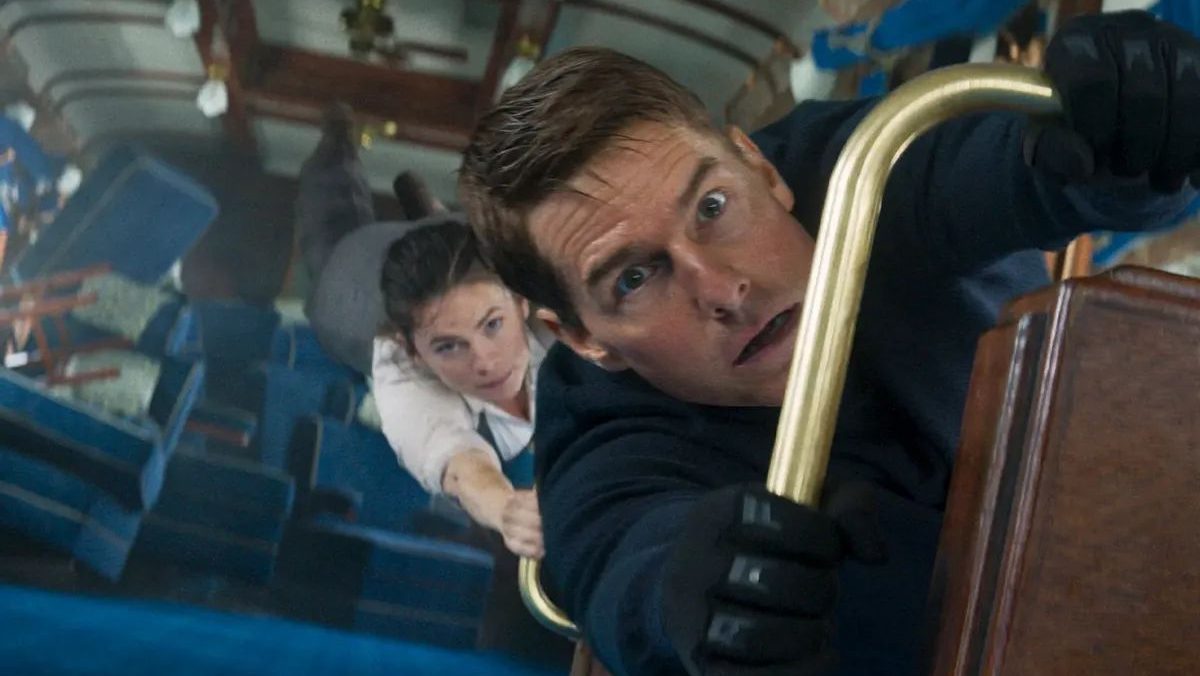
Mission: Impossible – Dead Reckoning has as many things working against it as it does working for it. On the negative side, it shares the same problem held by every other first part of all other “two part” movies: it’s inherently incomplete. And, after Fallout, which felt like a blockbuster even a newcomer could enjoy, it’s a jarring left turn to then get a movie that, like The Final Reckoning, requires the viewer to have seen pretty much every other movie.
But at the end of the day, it’s gorgeous to look at, the narrative is compelling (provided you’ve kept up with the franchise), and both Hayley Atwell and Pom Klementieff’s characters were wonderful additions to the canon. It’s the franchise past its peak, but when the peak is beyond the clouds, a drop is both expected and still at a very enjoyable height.
[RELATED: This Is the Best Mission Impossible Action Scene (And It’s Not Even Close)]
4) Mission: Impossible
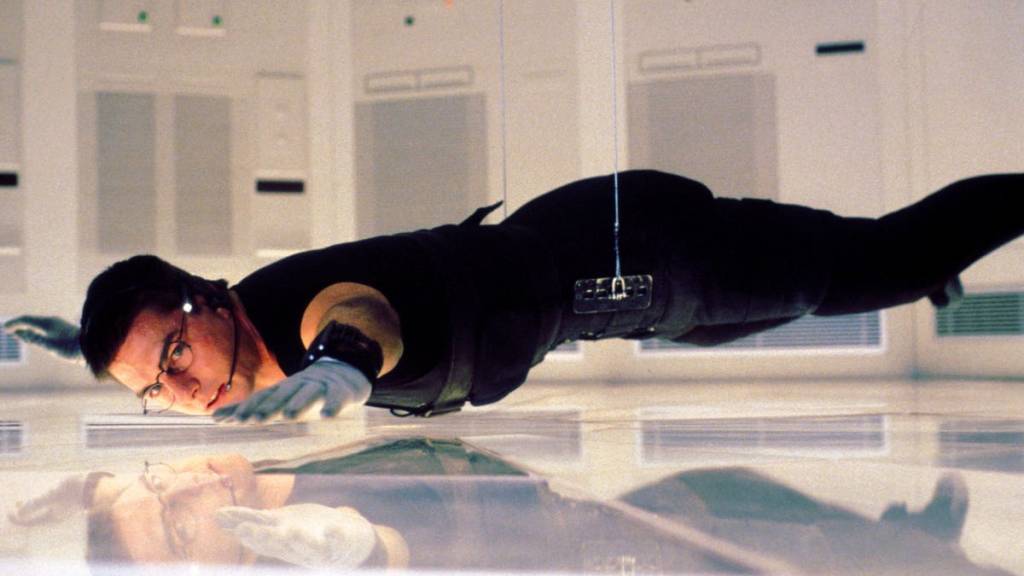
Brian De Palma’s Mission: Impossible isn’t as glossy as Dead Reckoning or The Final Reckoning, but it isn’t as bloated, either. In fact, the original Ethan Hunt adventure is pretty much in a category of its own within the franchise. It’s a nice, tight ’90s timepiece.
And, while Mission: Impossible – Ghost Protocol was really the one that established the franchise’s true tone, De Palma’s film still established the core of its appeal. Specifically, nail-biting set pieces and death-defying stunts, though the latter element in particular would famously be put more and more on Cruise’s shoulders as the franchise wore on. The climactic sequence in the Channel Tunnel is inherently death-defying stuff, but it is and feels very Hollywood, whereas Cruise’s hanging off the Burj Khalifa feels very real…because it was. The original Mission: Impossible grabs you from its elongated opening sequence (the franchise’s second-best) and never lets go.
3) Mission: Impossible – Rogue Nation
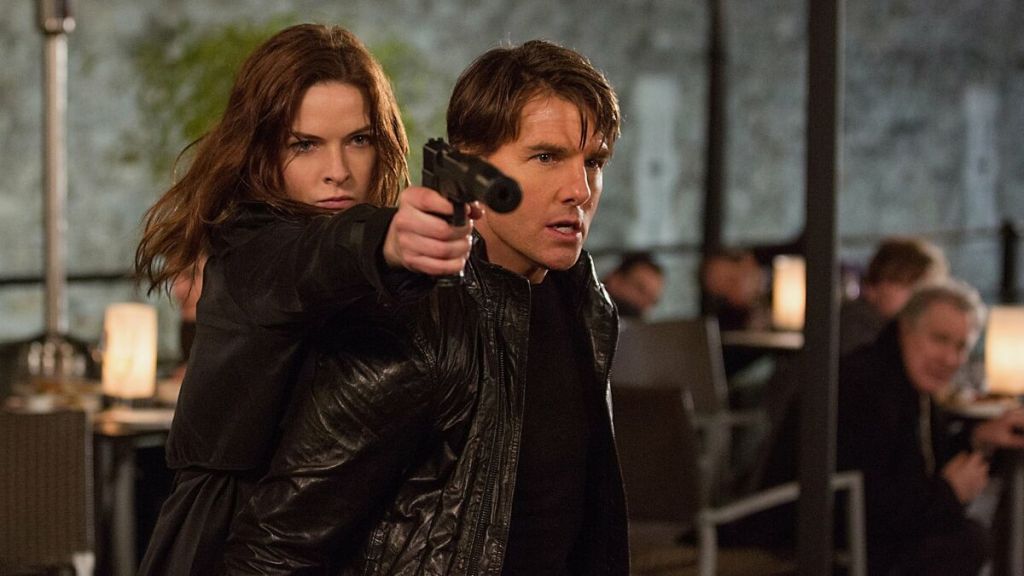
To a degree, there’s no James Bond franchise without SPECTRE, so it was only a matter of time before Ethan Hunt and crew got an equivalent. That would be The Syndicate and its leader, Solomon Lane.
Lane would return in the next film and it’s easy to see why, as Sean Harris is a natural for knocking villainous roles out of the park. But he’s not the only thing about Mission: Impossible – Rogue Nation that works, as it also introduced Rebecca Ferguson’s Ilsa Faust. It was a star-making turn for Ferguson, and Rogue Nation should always be thanked for that.
2) Mission: Impossible – Ghost Protocol

Mission: Impossible – Ghost Protocol was the exact soft reboot the franchise needed. The fact that it was The Iron Giant, The Incredibles, and Ratatouille director Brad Bird’s live-action debut is nothing short of impressive. Ghost Protocol established the visual and emotional tone for the remaining four films of the franchise, and the reason for that was that it worked right out the gate. The only major fault of the film is that it has arguably the weakest villain of the franchise, which is especially shocking considering he’s played by the late, great Michael Nyqvist of The Girl with the Dragon Tattoo and John Wick fame.
But that flaw is forgivable considering every last set piece is enthralling, especially when it comes to Hunt/Cruise hanging off the side of the Burj Khalifa, which is without a doubt one of the most engrossing stretches of minutes ever seen in an action film (and was a nauseating blast in IMAX). Another key to the film’s appeal is the wrench it throws in each major sequence. Specifically, this is the one where the gadgets always fail. Some feel that makes each subsequent set piece more predictable than the one that preceded it, but it’s an addition that undoubtedly helps make them even more engrossing than they would already be.
1) Mission: Impossible – Fallout
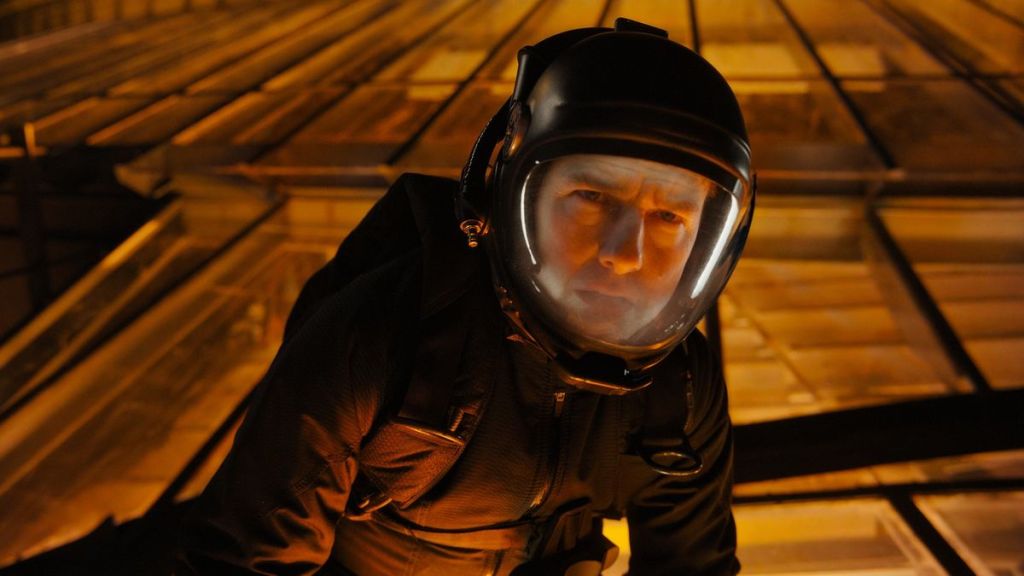
For a movie that runs nearly two and a half hours, Mission: Impossible – Fallout passes by like a breeze. It’s the franchise firing on all cylinders, with impressive direction by Christopher McQuarrie, a high-stakes plot, and a wonderful against type villain performance from Henry Cavill.
The film manages to bring back characters not just from Rogue Nation, but previous installments as well and make them all feel properly utilized. That said, the absence of Jeremy Renner’s William Brandt is noticeable. But, of course, the real star of the show is Cruise and his stunts, and Fallout delivers across the board in its fantastic set pieces. This is especially true of the now-iconic bathroom fight, which may be the best fist-throwing, bone-crunching brawl committed to celluloid since the alleyway fight in John Carpenter’s They Live.




